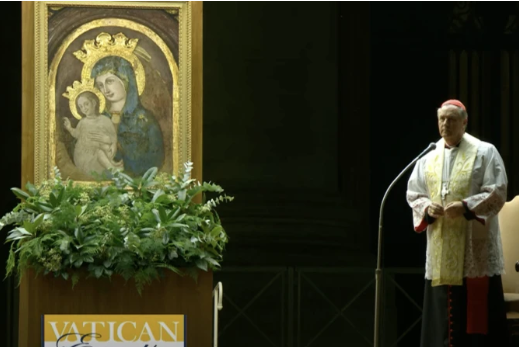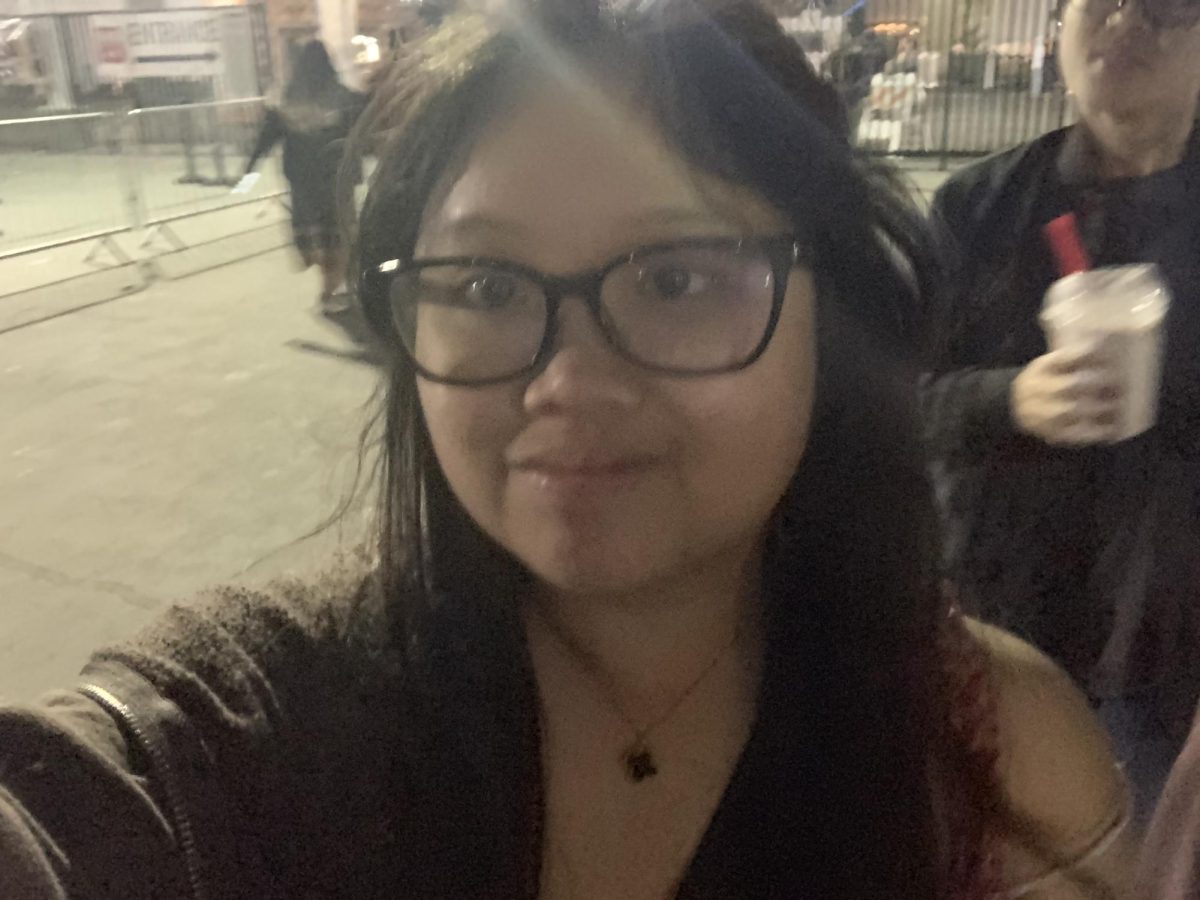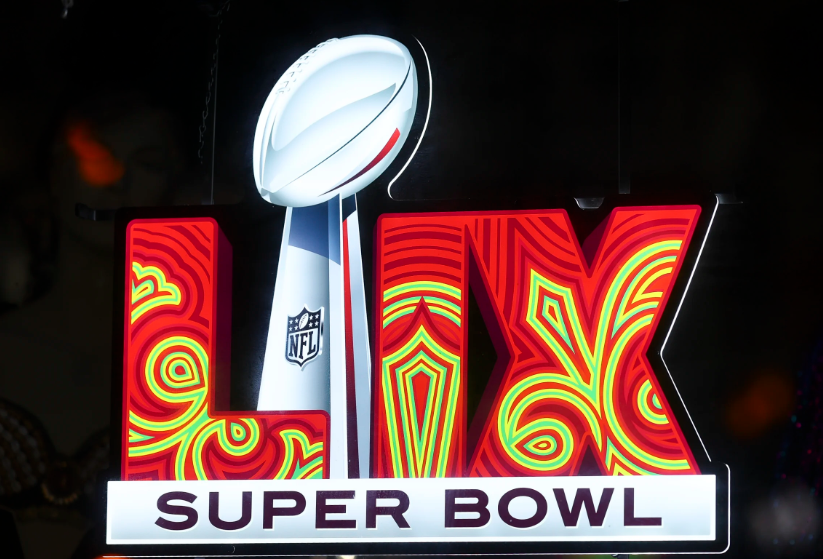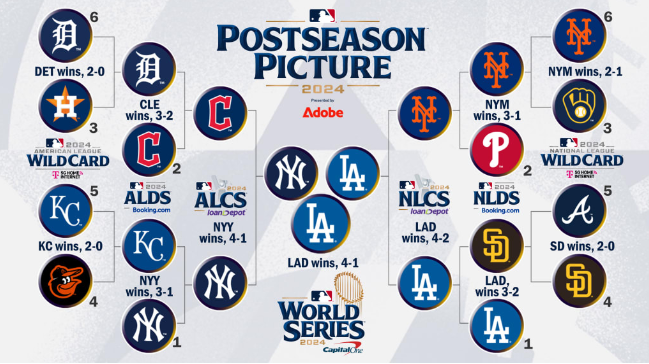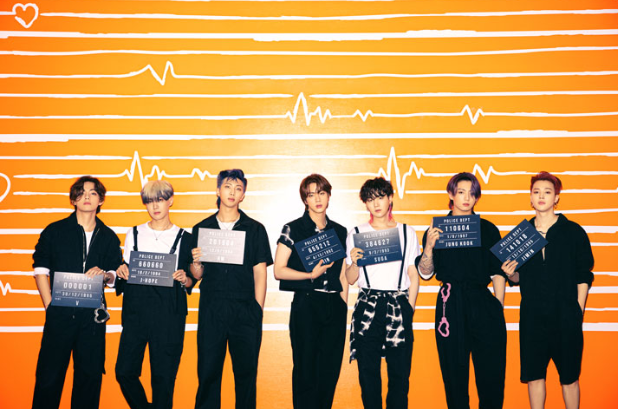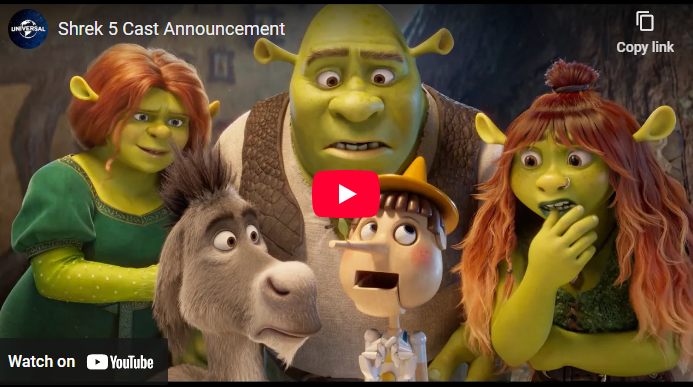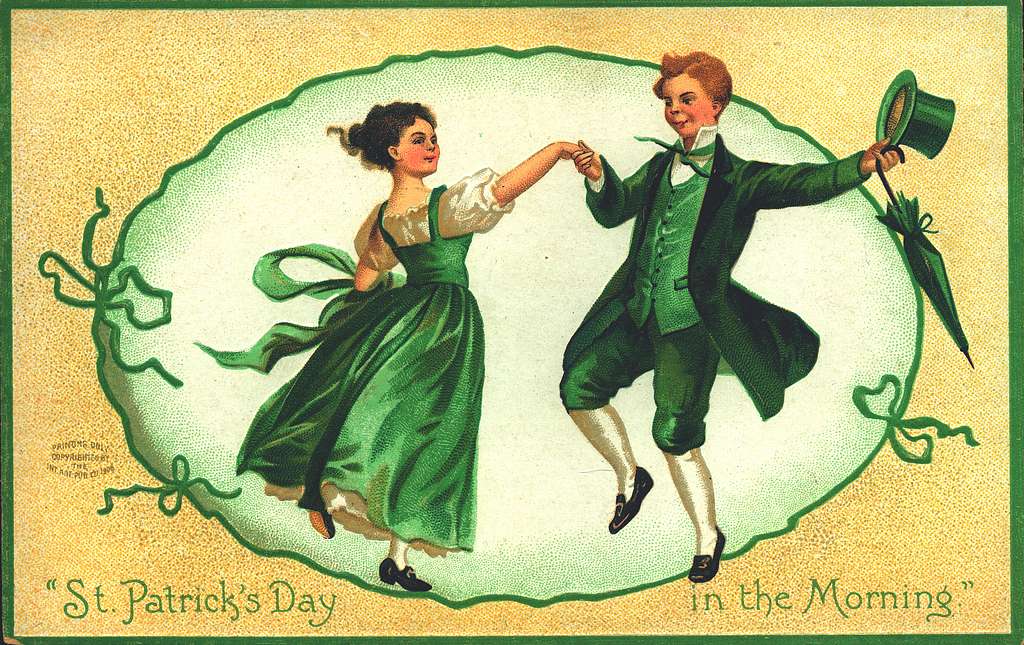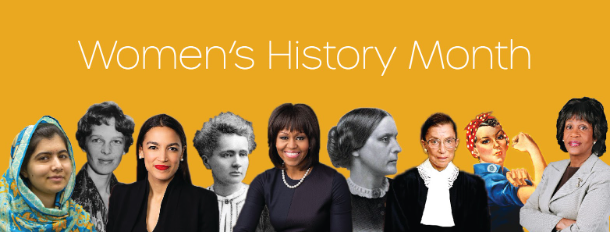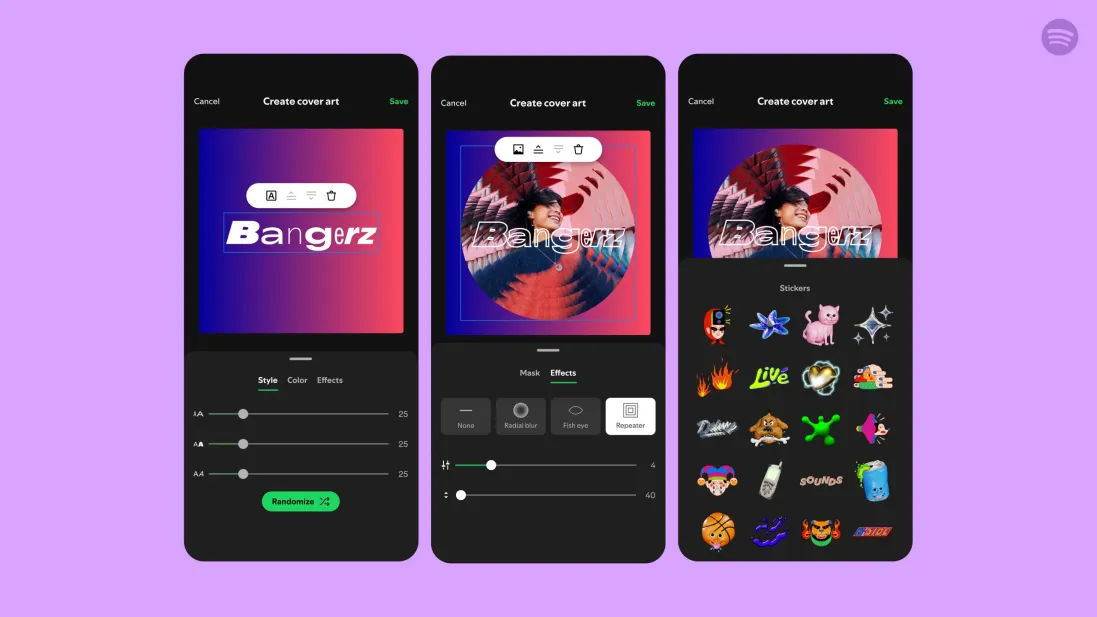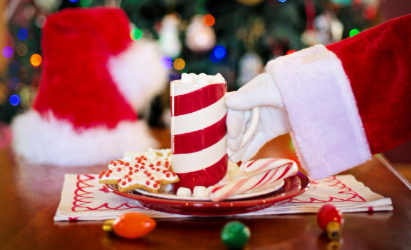Advent calendars, a cherished tradition that once offered simple daily delights in the lead-up to Christmas, have taken a dramatic turn in recent years. What used to be small tokens of holiday cheer have evolved into extravagant luxury items, often with eye-watering price tags. As the holiday season approaches, consumers are left to question whether these calendars are truly worth the investment—or if they’re simply another example of commercial excess.
Take, for instance, the latest offering from Dior: a 2024 advent calendar priced at $650. The calendar boasts 24 “luxury surprises,” including miniature candles, keychains, and small vials of perfume. While the brand’s prestige and lavish packaging undoubtedly appeal to loyal customers, the actual value of the contents raises eyebrows. Are these items—many of which are sample-sized or non-essential—truly worth such a hefty price?
This trend isn’t confined to high fashion. Advent calendars across industries have skyrocketed in cost, with brands eager to capitalize on their growing popularity. From beauty and skincare calendars priced at several hundred dollars, to niche offerings like a $150 cheese calendar, the holiday tradition has become more about consumerism than about holiday spirit.
So why do these calendars remain so popular? For many, advent calendars evoke a sense of nostalgia and excitement, a way to count down to the holiday season with a daily surprise. However, some argue that this excitement can be recreated with more meaningful, budget-friendly alternatives. Perhaps this holiday season, we can focus less on extravagance and more on the meaning behind the countdown: building anticipation, cherishing traditions, and celebrating the joy of giving.
